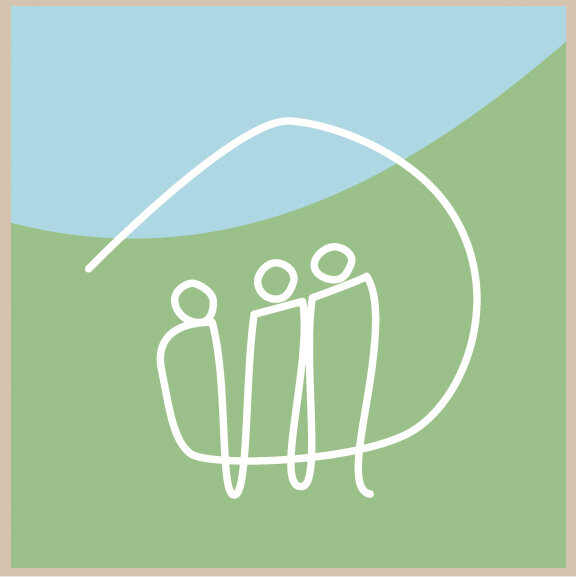Yes, as cohousing is making its way around the world, we see a new and predictable issue emerging. “Waning Cohousing.” The book Happily Ever Aftering in Cohousing along with Creating Cohousing were both written to help head off waning cohousing, but it happens on occasion.
Some cohousing communities that fired on all cylinders when they were brand new years ago, are now waning. Originally community dinners might happen 3-5 times per week, now it’s more like 3-5 times per month. Søren Skovland, a psychologist who moved into cohousing at 4 years old, left to go to college and to start his career but has now moved his new family back to finish raising his children and plans to grow old there.
Søren asked me to start the revitalizing ball rolling at his community, Skraplanet last year. In a few hours workshop in June 2024. It started with mindful discussion about why cohousing is such a great place to raise kids and to grow old. And went on to talk about how needs have changed, in particular mobility and some cognitive capabilities and the needs of the new and upcoming families. For example, fewer kids per household warrants more activities in the common house. Søren has run subsequent workshops with the group– the big drill down in order to get to the bottom of what was really happening and to get back to the roots. For example, money and time fell away as an excuse. Obviously, we are going to save money, and time if we cook community dinner– not to mention committing more elsewhere because nothing facilitates community and dialogue more than breaking bread together. And early feminism goals have been compromised. The fewer common dinners, the more mom is making dinner again.
Søren Skovland at Skraplanet meeting, June 2024
This revitalization is the future. Spend the time, rebuild the relationships, and the creation story that brought them all together in the first place. Cooperation, save money, save time, sustain relationships, sustainability in general, live out our values, and even contributing to help build a better, more socially viable larger culture.
The Cohousing Company went to Vienna, Austria a few years ago. My daughter joined me, she was also born into cohousing and has opinions. They went from 12 out of 24 households making community dinner once per month, to 24 of 24 making dinner within one year. This was low-hanging fruit, and easier than building a new one.
I recognize that it seems odd that an architect would focus so much on the software as much as the hardware but you do if you’ve been born into cohousing like Søren, it’s in your DNA at that point, or if you have studied hundreds and hundreds of cohousing communities and functioning cohousing is more motivating than compromised– it causes you to do even better architecture– we’re not just making real estate here. We have a poster in our office that reads, “If it doesn’t work socially, why bother?”
This is a great excuse for what architects call “post occupying evolution.” And for an architect its perfect “how do we get better work.” What really worked to achieve said goals, what really didn’t, what detracts from the goals, and what part of the story are we just making up. And for this architect, the architecture is not an end in itself– just a method to a better stage set.
Objectifying community, exactly what works, is the beginning and end of building places that will have a long history. The beginning and end of not making preventable mistakes. I hope that many more people, in Denmark and the U.S. pick up the noble trade of helping groups fire on all cylinders and revitalize. The practicing anthropologist or as they call them in Denmark the “kuturarbejderne” culture workers suggest that’s how we evolve in a positive direction.
The bones are there, reignite the spark, put aside differences, rekindle the passion, rediscover the enthusiasm, resolve problems and make peace, find a way to make everyone happy– it is doable.



